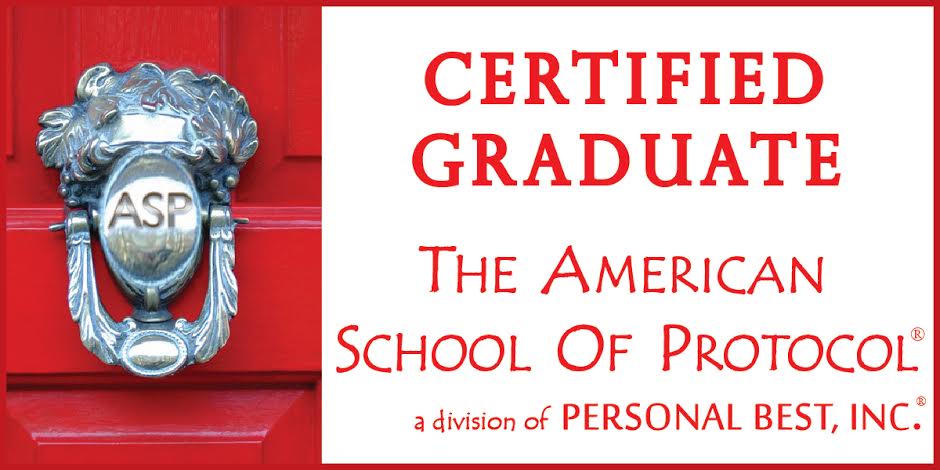Fist bumps, elbow locks, air kisses and hugs will never replace the handshake. The handshake is still the most universally accepted form of greeting. Of course, there are some instances where you wouldn’t shake hands, such as meeting the Queen, or the Pope.
The practice of shaking hands goes back to 5th century BC. The handshake is thought to have originated as a gesture of peace, demonstrating that the hands held no weapons.
Today, handshakes are used to greet another person, congratulate someone, or seal a deal.
A firm handshake, an open friendly look, and a sincere smile are the first things that people notice about you. Your handshake, accompanied by an introduction is your opportunity to make a connection.
Fist bumps, elbow locks, air kisses, and hugs will never replace the handshake. The handshake is still the most universally accepted form of greeting. Of course, there are some instances in which you wouldn’t shake hands, such as when meeting the Queen of England or the Pope.
The practice of shaking hands goes back to the 5th century BC. The handshake is thought to have originated as a gesture of peace, demonstrating that hands held no weapons. Today, handshakes are used to greet another person, congratulate someone, or seal a deal.
A firm handshake, an open and friendly look, and a sincere smile are the first things that people notice about you. Your handshake accompanied by an introduction is your opportunity to make a connection.
Shaking hands shows courtesy. Your handshake should be firm enough to convey warmth, yet not bone crushing. Bone-crushing handshakes speak poorly of an individual; they are unnecessary and may cause continued discomfort.
Despite our fear of germs and contaminates, handshaking is here to stay. It is appropriate between all groups, genders, and ages. Hand sanitizers, when used discreetly, may help allay some fears about germs. Below are some guidelines for successful handshakes:
- Make sure there is nothing between you and the person you are greeting; don’t shake hands across desks or across others.
- Your right hand should be extended, thumb up, palm flat.
- Grasp the other person’s hand palm to palm, using a firm grip.
- Pump hands one to two times in a vertical motion.
- Finally, release your grip.
- A normal handshake should last five seconds.
Practice with your family and friends. Be the first to extend your hand. Since this is the most significant gesture in business and social settings, knowing how and when to shake hands and introduce yourself can be an asset in your professional and personal life.
Learn the guidelines for effective handshakes and introductions. You will always leave an impression.
